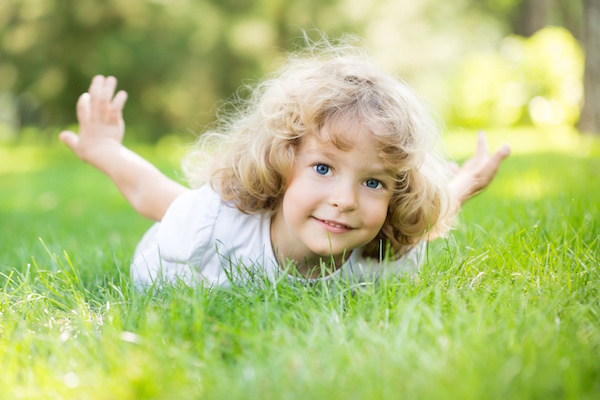
SUNDAY, Sept. 30 (HealthDay News) — Mailing sun-protection kits, which contain information about the dangers of exposure to the sun’s harmful UV rays and skin cancer, as well as swim shirts, hats and sunscreen, increases the number of people who take steps to protect their children from sun exposure, according to a new study.
Researchers from the Colorado School of Public Health and the University of Colorado Cancer Center found that the kits prompted more people to provide their kids with sun-protective clothing, hats and sunscreen. The kits also encouraged more people to avoid midday sun.
The investigators noted that because the kits were inexpensive and delivered by mail, they could be widely distributed.
“This is a low-cost, effective intervention that could be an important component in efforts to reduce sun exposure in children during the years that they acquire much of their risk for skin cancer,” the study’s first author, Lori Crane, investigator at the Cancer Center and chair of the department of community and behavioral health at the Colorado School of Public Health, said in a news release from the center.
The study involved 676 children, all 6-year-olds, and their parents. All participants were surveyed to assess their level of sun-protective behaviors as well as parents’ knowledge about melanoma and their understanding of their child’s lifetime risk for this form of skin cancer. Skin exams also revealed the children’s level of tanning and number of potentially dangerous moles they had. Half of the participating families were randomly selected to receive sun-protection kits in the mail in April and May of 2005, 2006 and 2007.
The study, published in the October issue of the American Journal of Preventive Medicine, revealed that those who received the sun-protection kits gained more awareness about sun exposure and had greater adherence to sun-protective behaviors. The most significant behavioral changes the people reported were those emphasized in each yearly kit, the researchers noted.
“After we emphasized long clothing in the spring of 2005, we saw a difference in clothing behavior in the summers of 2005 and 2006, not in 2007. Then after emphasizing hats in 2006, we saw a difference in hat use that year. And then after highlighting shade in 2007, we saw a corresponding increase in parents’ awareness and use of shade as a sun-protective behavior,” Crane explained in the news release.
More research is needed to determine how the kits affect children’s risk for skin cancer and if it changes behavior in the long term, the study authors added.
The researchers warned in the news release that children and teens who develop a blistering sunburn have a more than doubled risk of skin cancer in adulthood, and long-term sun exposure accumulated over many years may be equally harmful.
More information
The U.S. Centers for Disease Control and Prevention has more about sun protection.

